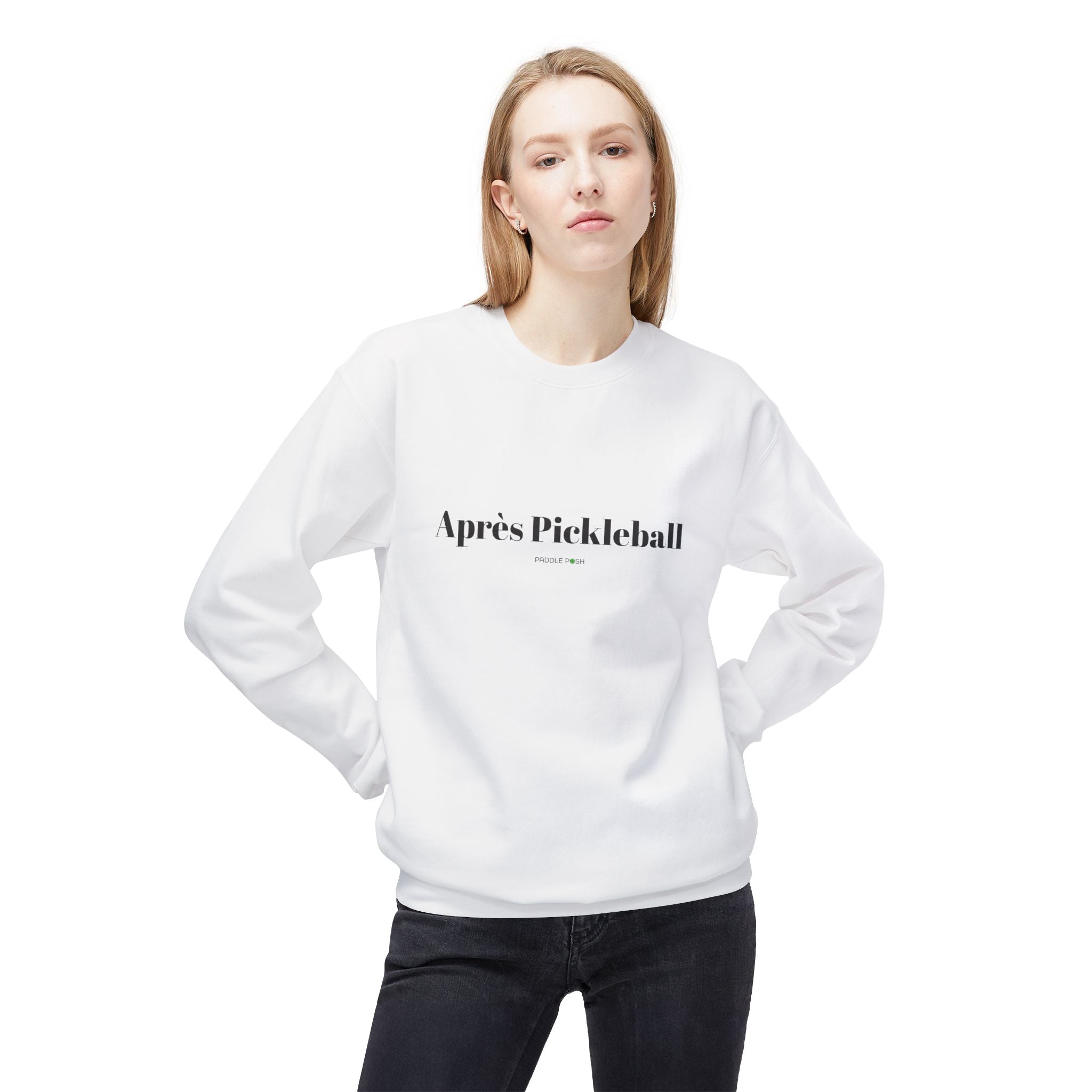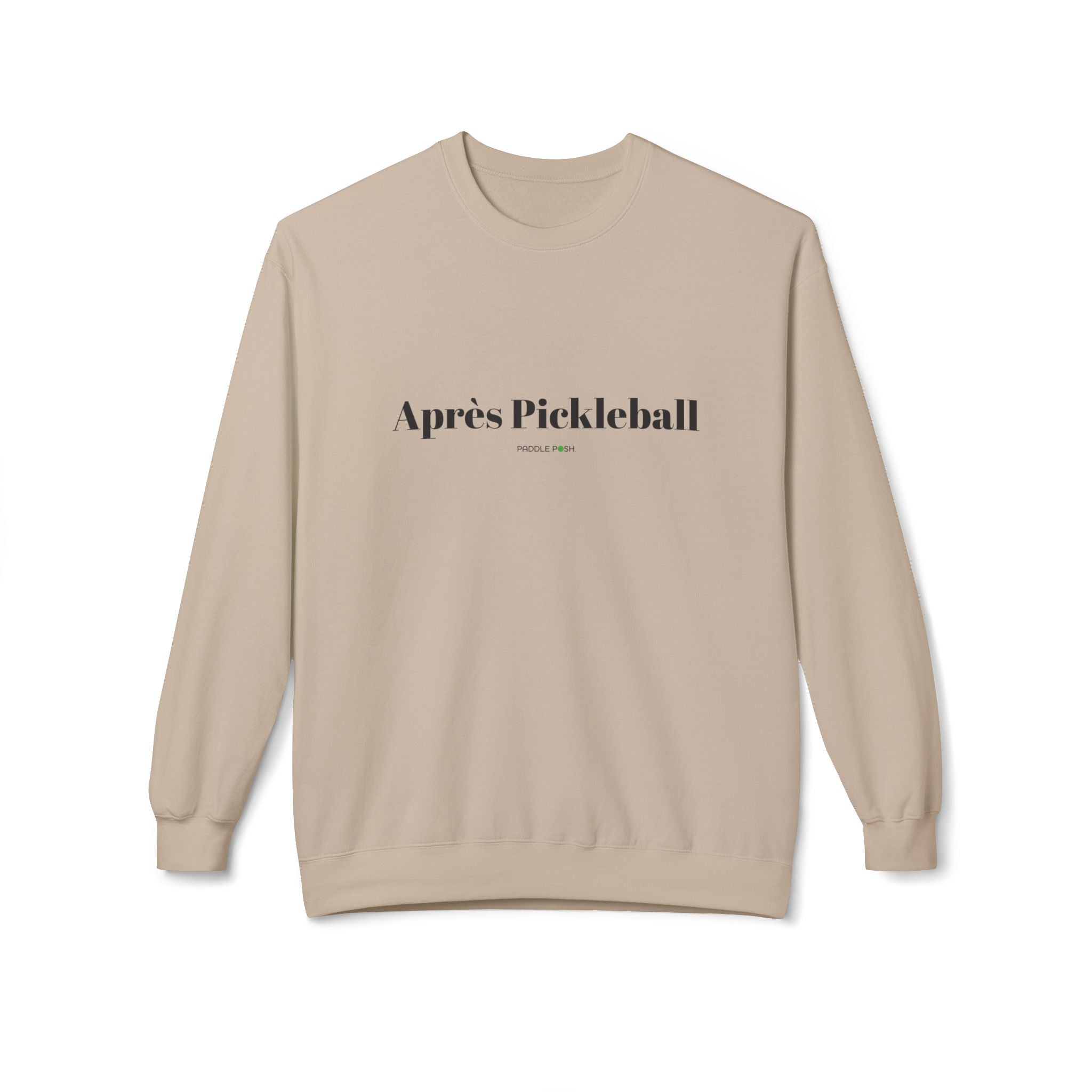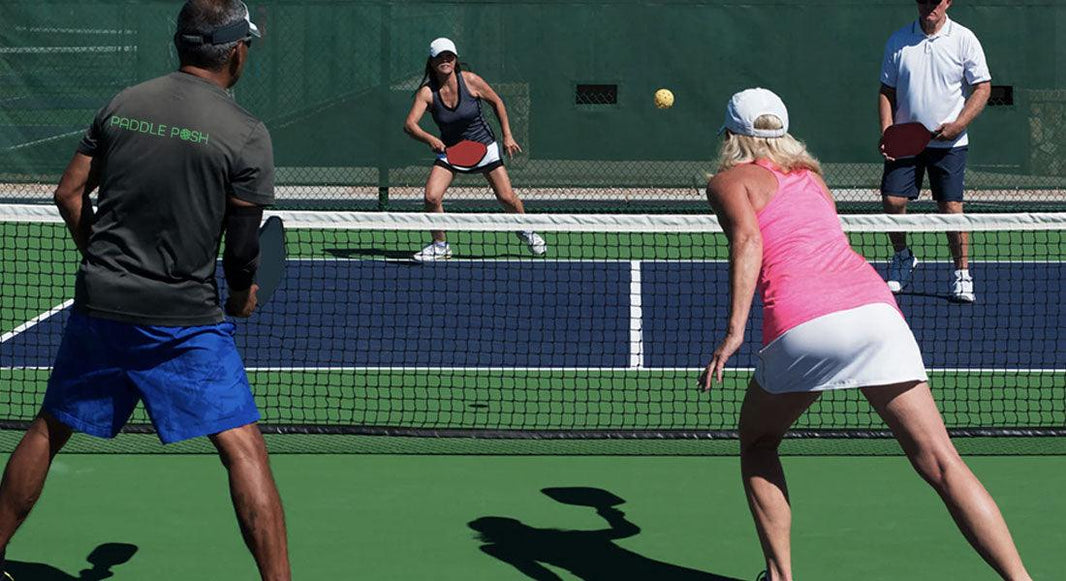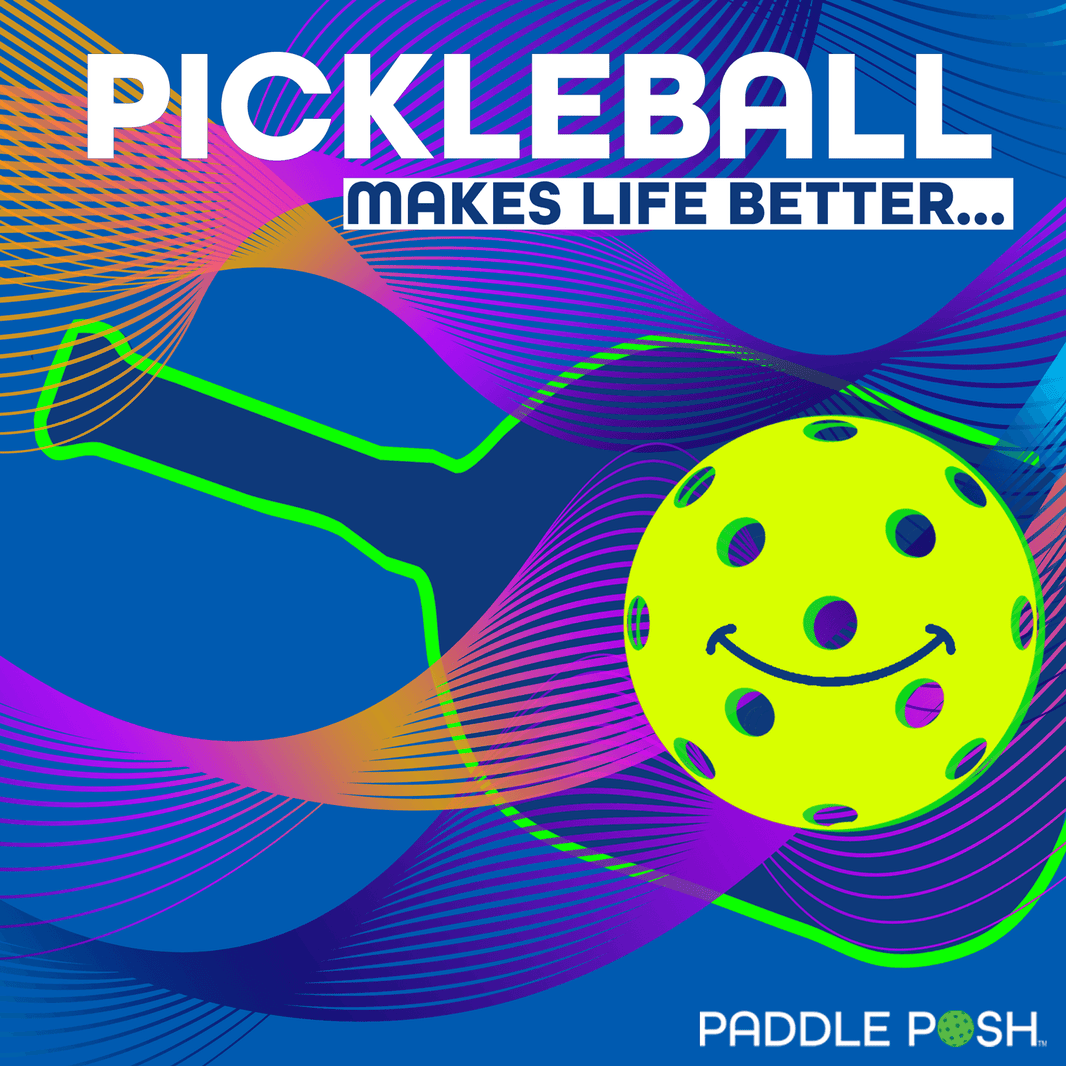Get ready for an exciting adventure on the court! Mastering the pickleball court layout, understanding the lines, and knowing the dimensions is your first step toward becoming a pickleball pro. But before we dive in, let’s address a burning question: Are the rumors true? Are pickleball courts the same size as badminton courts?
FUN FACT: A standard pickleball court shares the exact dimensions with a doubles badminton court.
That’s right—both measure 44 feet long by 20 feet wide, lines included. But while the dimensions may be the same, the game’s unique charm comes alive with the differences in nets and non-volley zones.
For Pickleball, the net stands 36 inches tall at the ends and dips slightly to 34 inches in the middle. The iconic "kitchen," or non-volley zone, extends seven feet from the net on both sides, keeping you on your toes!
The net is a bit taller for Badminton, standing 5 feet in the center and 5 feet 1 inch at the ends. The front serve line is 6.5 feet away from the center net, setting up a different kind of challenge.
Compared to tennis courts, pickleball courts are smaller, making them perfect for transforming existing tennis spaces.
Now that we've got that out of the way, let's dive in.
Pickleball Court 101: Dimensions and Layout
Click image to view larger version or download here.
A diagram of a pickleball court almost looks like one of those brain teasers where you are asked about how many rectangles do you see? Don’t worry we’re not doing math. The pickleball court is not that complicated, and we’re here to help!
Think of all of these rectangles as a playground of possibilities, measuring 20 feet wide and 44 feet long. That's your standard pickleball court! It's compact enough for quick, exciting rallies, yet spacious enough to let your competitive spirit soar. Here's the breakdown:
- Total court dimensions: 20 feet x 44 feet
- Net height: 36 inches at the sidelines, dipping to 34 inches at the center
- Minimum playing area: 30 feet wide x 60 feet long (for safety and those epic running shots!)
These dimensions are perfect for both singles and doubles play, so gather your squad or challenge a worthy opponent – the court is ready for action!
Court Sections: Your Pickleball Playground Explained
Now that we've got the big picture, let's zoom in on the key sections that make up your pickleball paradise:
1. The Kitchen (Non-Volley Zone)
No, we're not talking about whipping up a post-game snack! The "kitchen" is the 7-foot area on each side of the net. It's a no-fly zone for volleys, adding a strategic element to your gameplay. Master the art of the dink shot here, and you'll be cooking up victories in no time!
2. Baseline
This is your starting line for serves and a crucial defensive position. Located at the back of the court, the baseline is where you'll unleash powerful serves and return those deep shots from your opponents.
3. Sidelines
Marking the width of the court, the sidelines are your lateral boundaries. Keep those cross-court shots inside these lines to rack up the points!
4. Service Courts
Divided by a centerline, the right and left service courts are where you'll aim your serves. Remember, in pickleball, we serve diagonally – just like in tennis!
Why Court Knowledge is Your Secret Weapon
Understanding the court layout isn't just about staying in bounds – it's about gaining a competitive edge! Here's why court knowledge is crucial for new players:
- Improved positioning: Knowing where to stand can make or break a point
- Strategic shot selection: Different court areas call for different techniques
- Confidence boost: Familiarity with the court lets you focus on your game, not your footwork
- Rule compliance: Avoid frustrating faults by understanding court boundaries
Navigating the Court: Pro Tips for Pickleball Newbies
Ready to dominate the court? Here are some game-changing tips to help you navigate like a pro:
1. Master the Ready Position
Stay light on your feet near the kitchen line, knees slightly bent, paddle up and ready. This stance allows for quick reactions to any shot coming your way. Concentrate and always be ready.
2. The Kitchen Dance (Avoid Non-Volley Zone Faults)
Practice quick footwork around the kitchen line. Being able to approach for a dink and retreat for a lob is crucial. Remember, no volleys in the kitchen!
3. Serve with Strategy (Placement and Accuracy over Power)
When serving, aim deep into your opponent's court. This forces them to the baseline, giving you control of the net. As noted by the USA Pickleball Association, a good serve sets the tone for the entire rally.
4. Communication is Key
In doubles play, clear communication with your partner is essential. Call out "mine" or "yours" for shots in the middle, and develop a system for covering the court effectively. This will be one of the most important strategies that could determine winning or losing as a team.
5. Move as a Unit with your Pickleball Partner
In doubles, move forward and backward with your partner. This synchronized movement helps maintain court coverage and puts pressure on your opponents.
Your Frequently Asked Questions Related to Pickleball Courts
-
What are the official pickleball court dimensions?
A regulation court measures 20 × 44 ft with 2-inch-wide lines. Include at least 10 ft behind baselines and 5 ft beyond sidelines for safety. -
Where can I find a pickleball court to play on?
- Check public parks or community centers—many are free, first-come, first-served.
- Use apps like PlayTime, CourtReserve, or your local parks website to reserve indoor or dedicated courts.
-
What are the court lines, zones, and rules I need to know?
- Baselines: Back boundaries for serves and rallies.
- Sidelines: Side boundaries for singles/doubles.
- Centerline: Divides right/left service courts.
- Kitchen (non-volley zone): 7 ft from net—no volleys allowed.
- Transition zone: Space just outside the kitchen for movement.
-
Where do I stand on the court?
-
Serve: Behind baseline, between sideline and centerline.
- Return: Behind baseline until after the volley and kitchen rules apply.
- Rally: Near the transition line, ready to move into the kitchen for dinks or drop back to the baseline for drives.
-
What is the pickleball “kitchen” and why does it matter?
The 7-ft non-volley zone on each side of the net prevents smash-style volleys close to the net. Mastering “dinks” here is key to controlling rallies. -
How is pickleball different from tennis or badminton?
- Size: Same footprint as a doubles badminton court (20 × 44 ft), smaller than tennis (36 × 78 ft).
- Net height: 36 in at posts, 34 in center vs. badminton’s 5 ft and tennis’s 42 in.
- The Kitchen Rule adds a unique strategic element not found in tennis or badminton.
-
What do I need to know before playing my first game?
- Court surface: Acrylic-coated concrete or modular tiles for consistent bounce.
- Footwear: Court-specific shoes with lateral support and non-marking soles.
- Etiquette: Call your own balls, rotate promptly, and respect time limits.
Conclusion: Your Pickleball Journey Begins!
Even if you are new to pickleball, we know you're ready to step onto the playing field with confidence! Remember, every great player started as a beginner. Embrace the learning process, practice regularly, and most importantly, have fun!
The pickleball court is more than just lines and measurements; it's a canvas for your athletic artistry. As you continue to play and improve, you'll develop an intuitive feel for the court dimensions and strategies. Before you know it, you'll be moving around the court like a seasoned pro!













